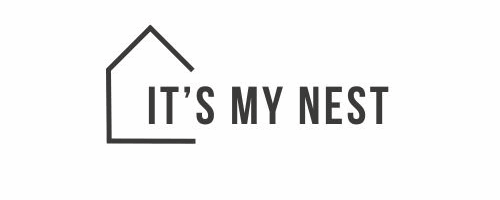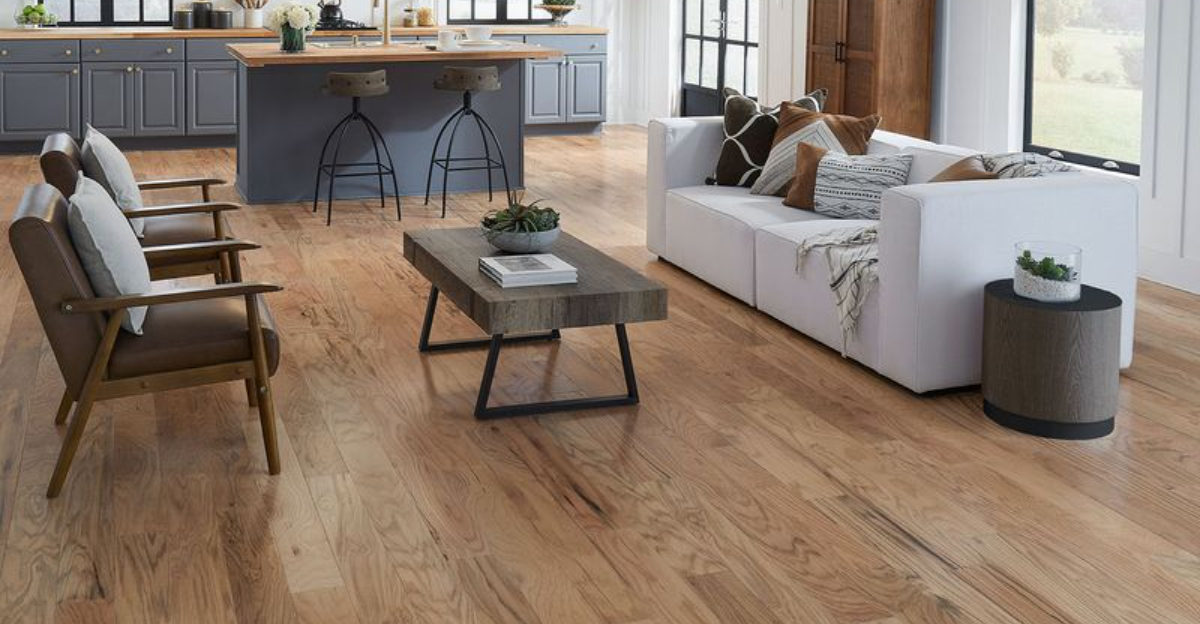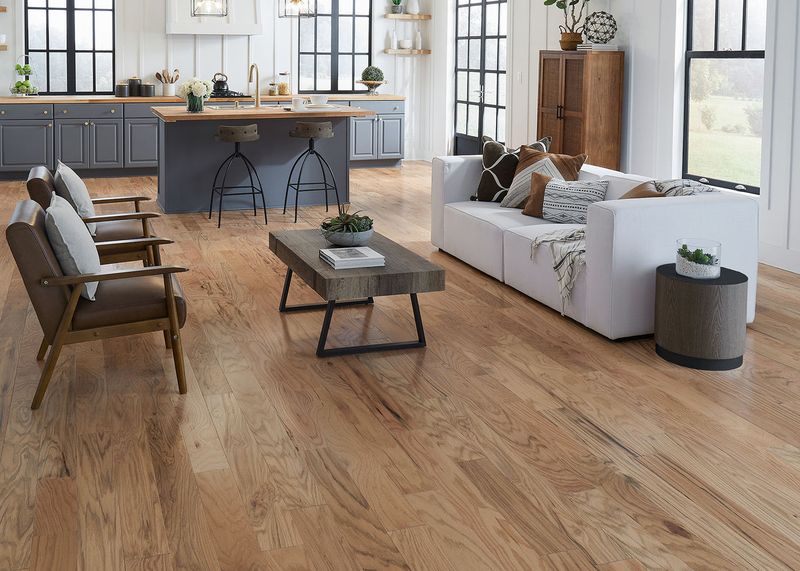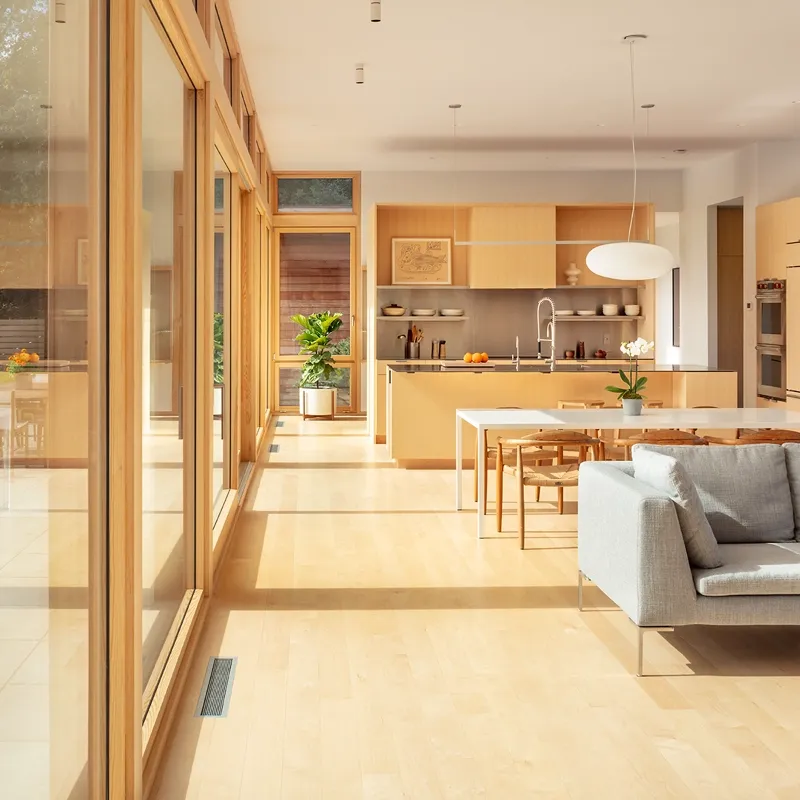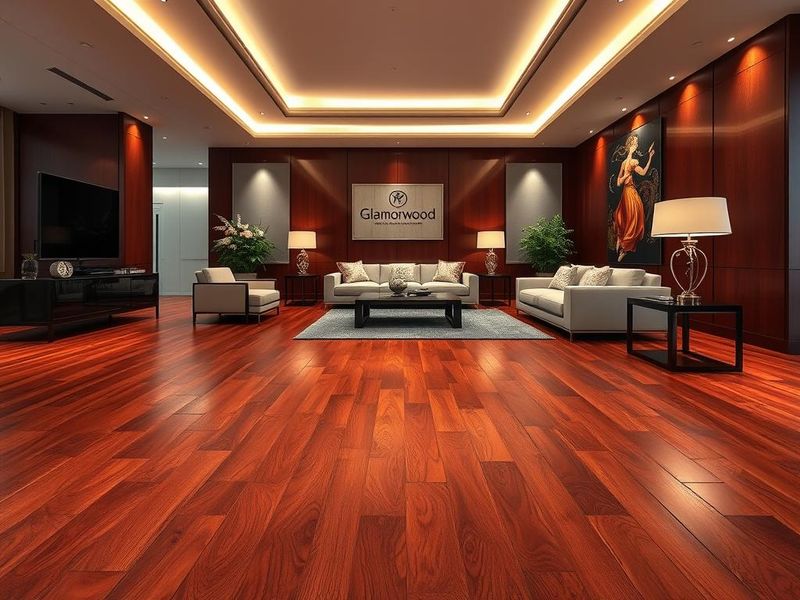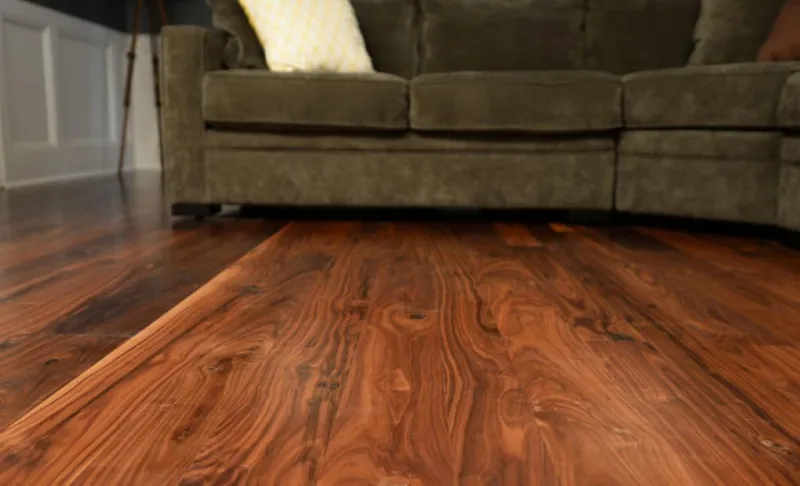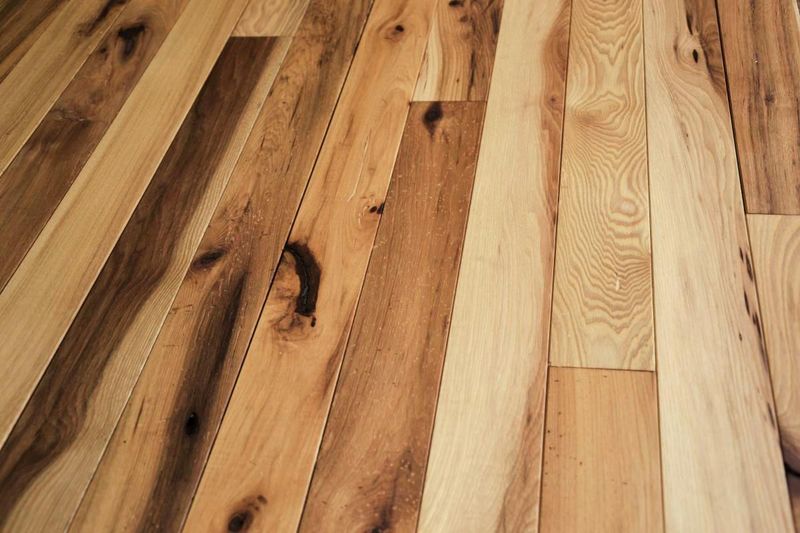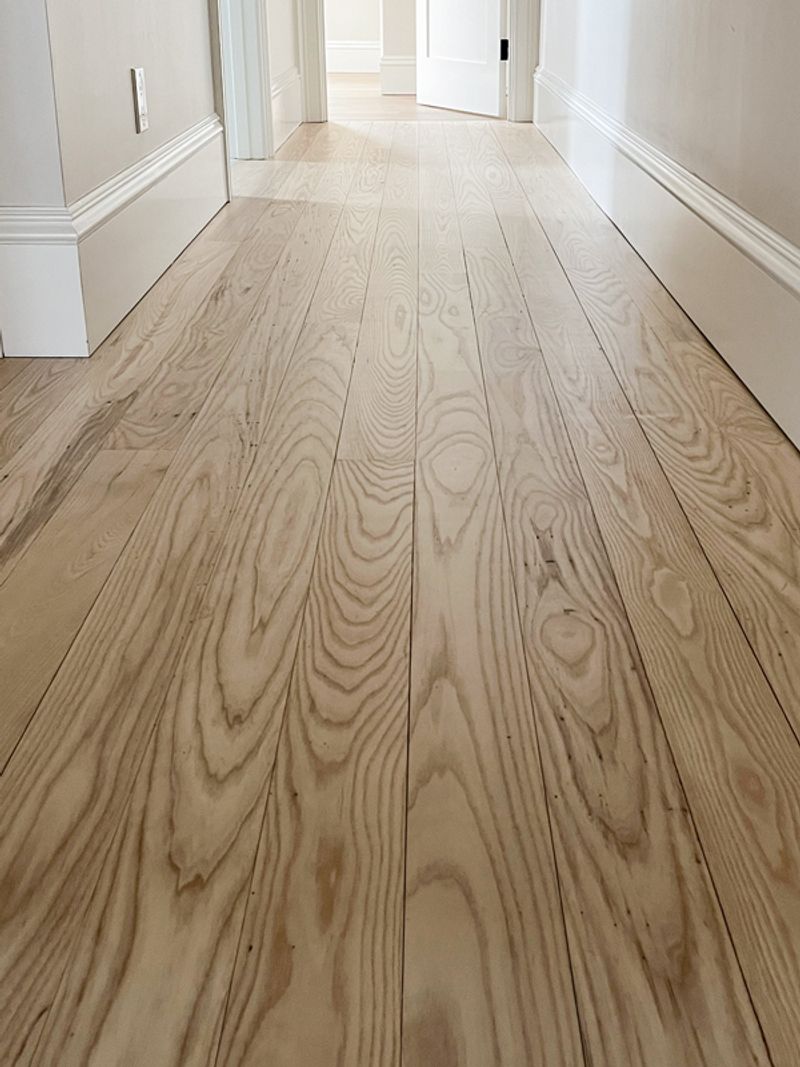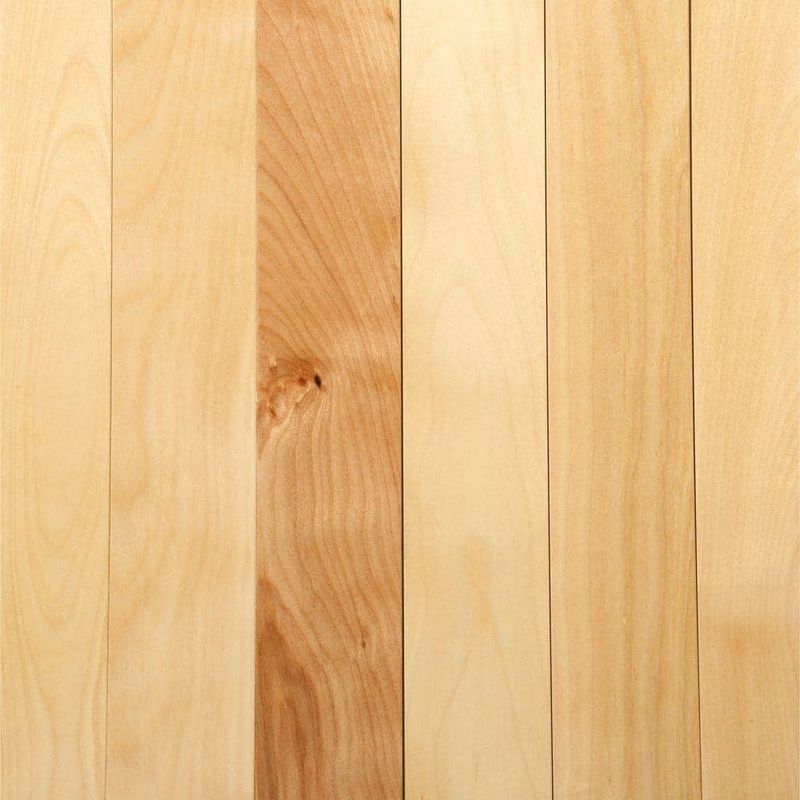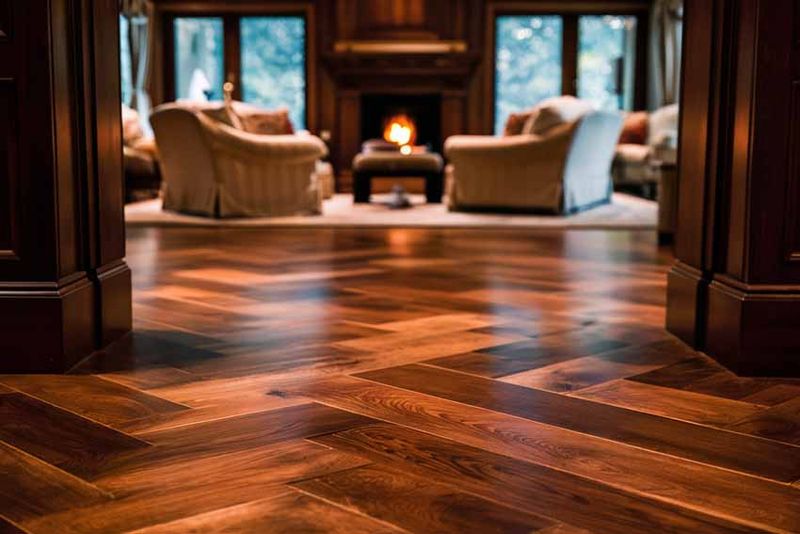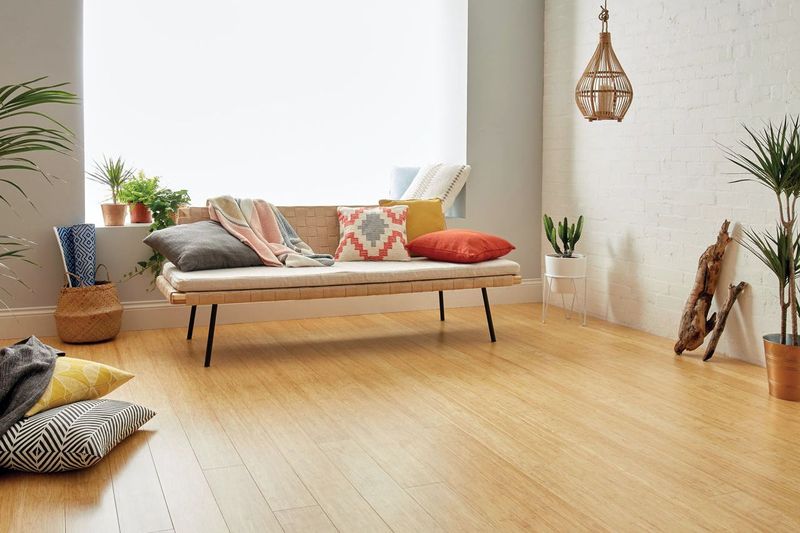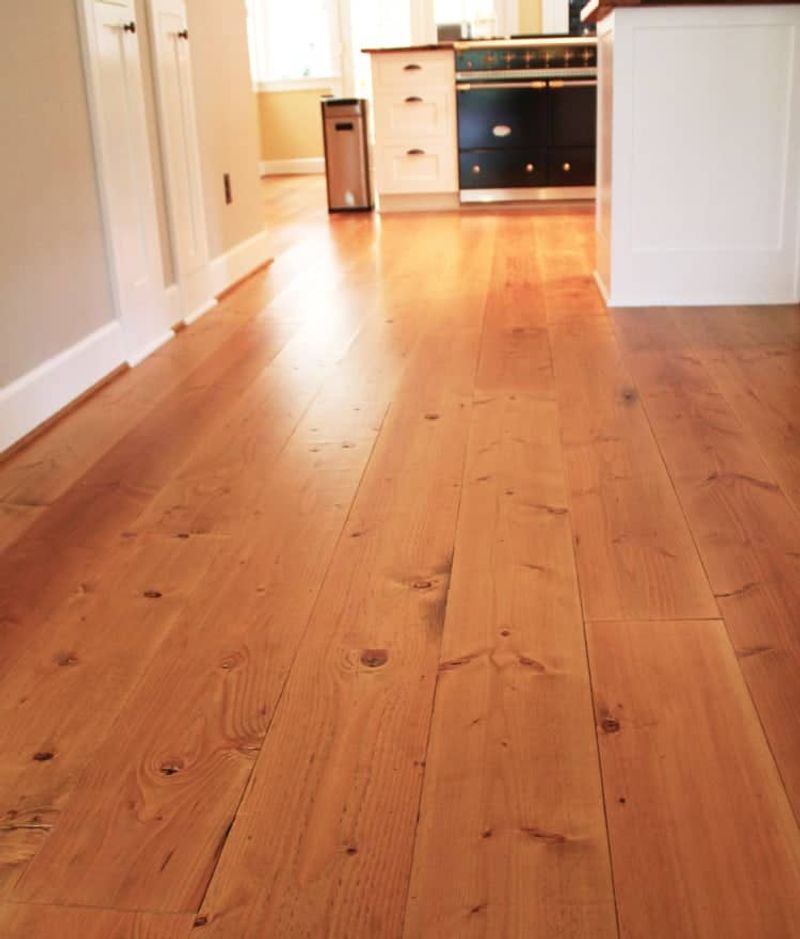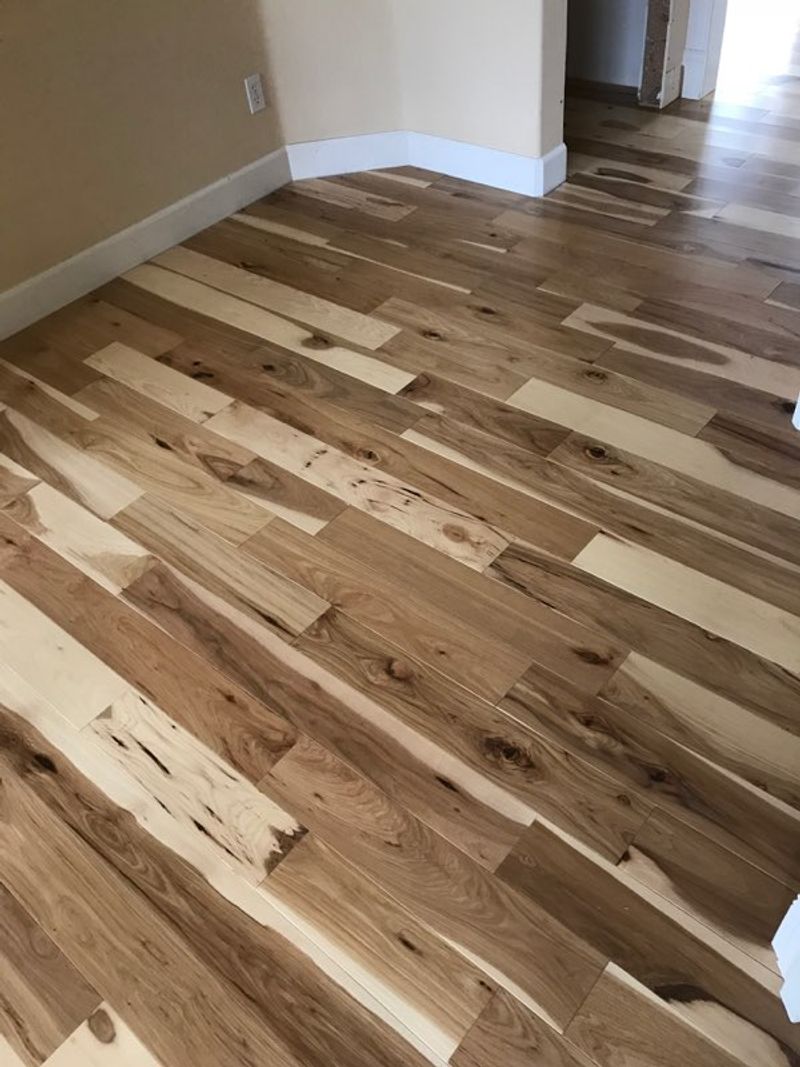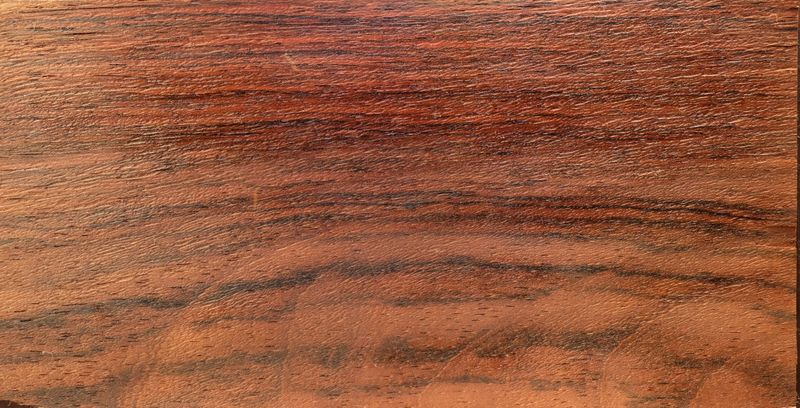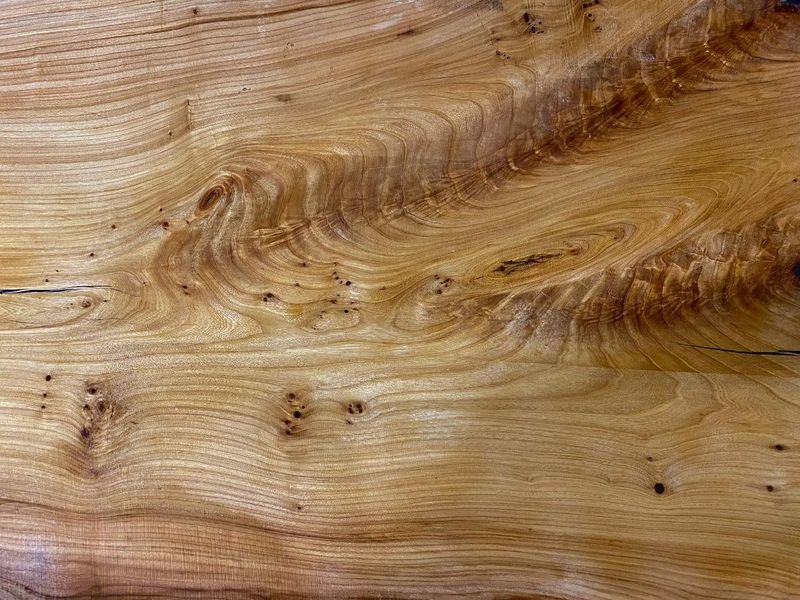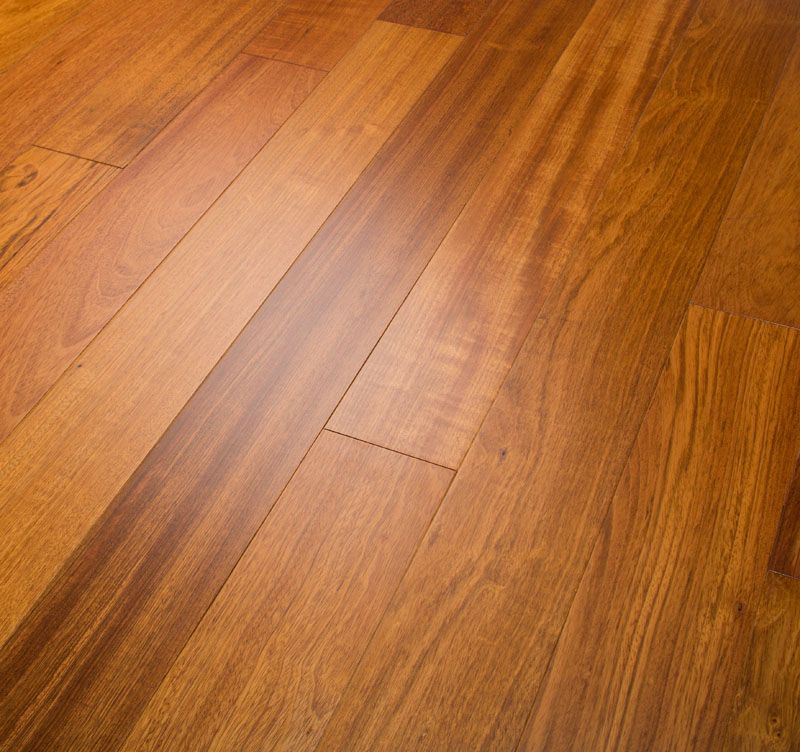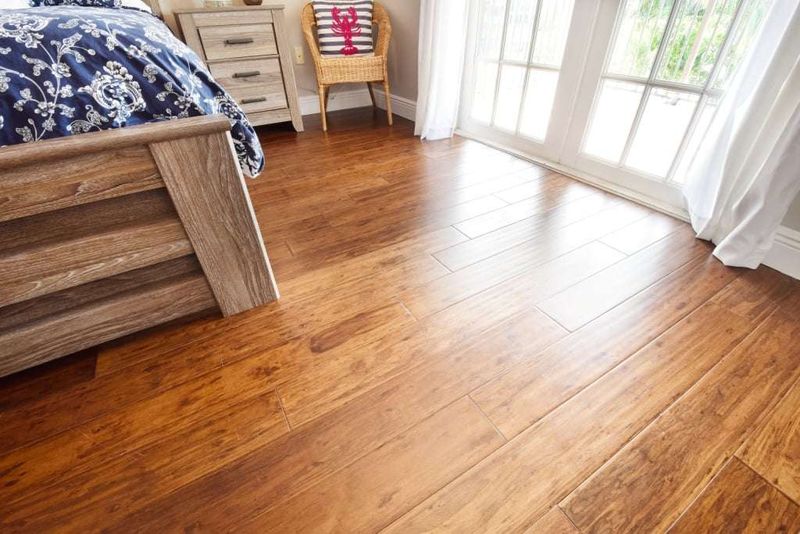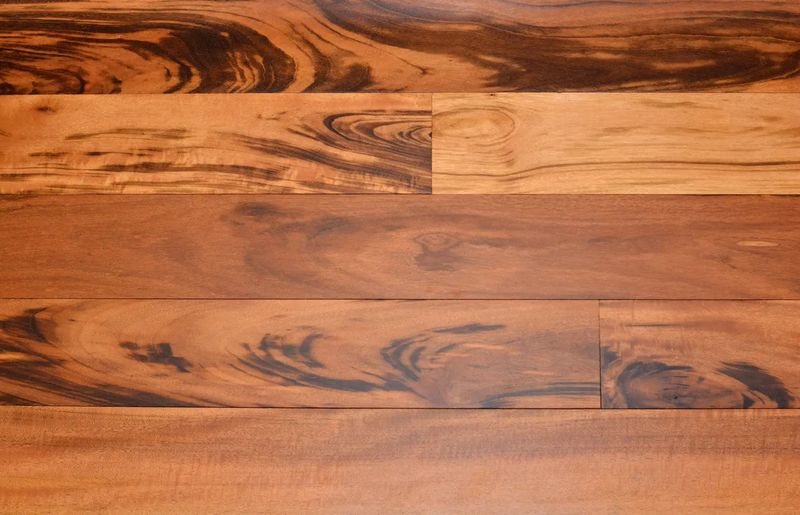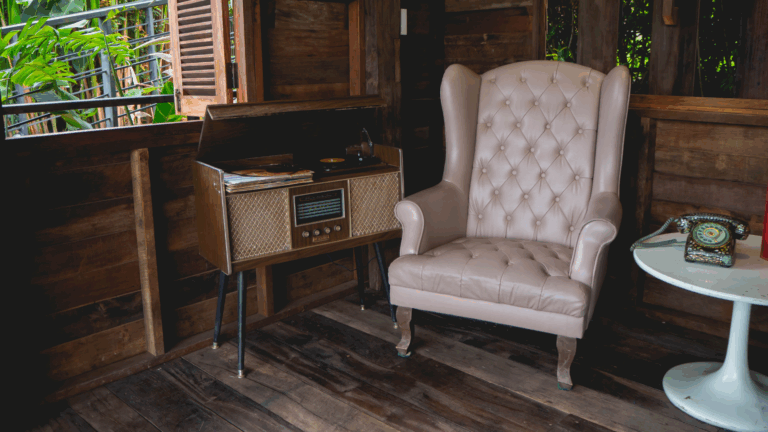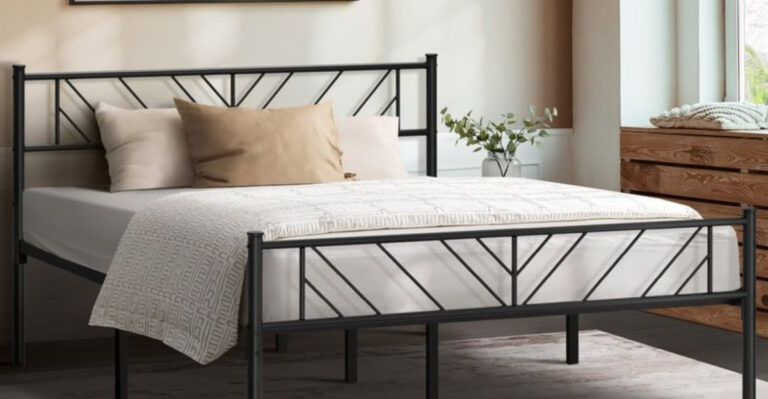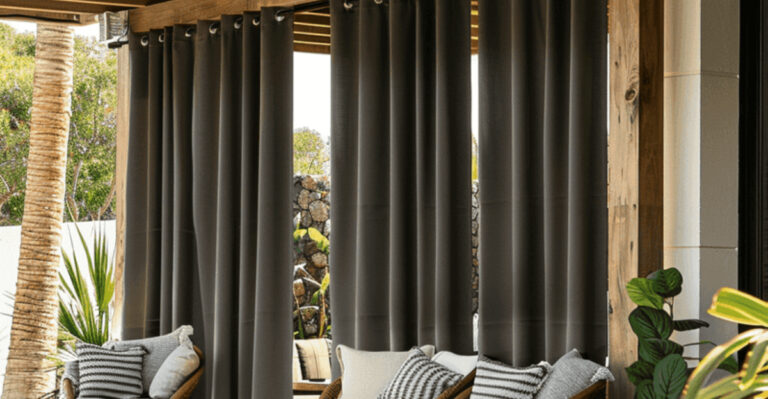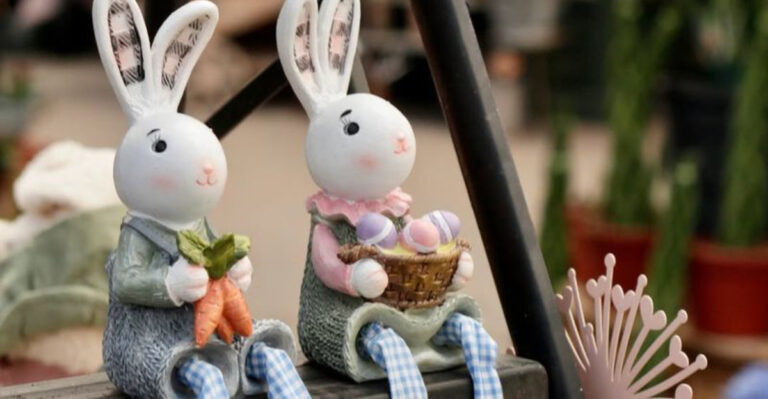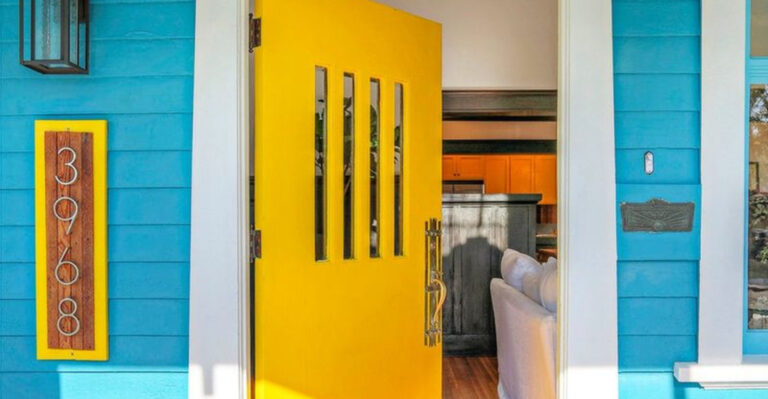A Guide To 20 Different Types Of Hardwood Flooring
Hardwood floors have a way of making a space feel instantly grounded – elegant, lived-in, and built to last.
But behind that effortless look is a world of choices that can quickly get overwhelming. Each wood type carries its own story, texture, and personality, and the one you choose shapes how your home feels underfoot and at first glance.
If you’re planning to invest in flooring that speaks to both style and substance, these 20 hardwood options are the perfect place to start.
1. Oak Hardwood
Ever wondered why oak remains the reigning champion of hardwood floors? This timeless classic offers exceptional durability that withstands decades of foot traffic.
Available in red and white varieties, oak features distinctive grain patterns that hide scratches and dents beautifully. The neutral color palette complements virtually any décor style.
2. Maple Hardwood
What makes maple floors so irresistible to minimalist design enthusiasts? The answer lies in their clean, uniform appearance with subtle grain patterns that create a smooth, contemporary look.
Unlike darker woods, maple’s light cream to reddish-brown hues brighten spaces and make rooms feel larger. This incredibly dense hardwood ranks high on the Janka hardness scale.
3. Cherry Hardwood
Imagine walking into a room that feels instantly warm and luxurious – that’s the magic of cherry hardwood. Initially light pinkish-brown, cherry develops a rich, deep reddish hue over time that’s simply breathtaking.
Despite being softer than oak or maple, cherry compensates with unmatched visual appeal. Its smooth grain and lustrous finish create an elegant atmosphere in formal spaces.
4. Walnut Hardwood
For those seeking drama without the maintenance of dark stains, walnut delivers naturally. Its chocolate-brown to purple-black tones create instant sophistication in any space.
Running your fingers across walnut reveals a silky-smooth texture that feels as luxurious as it looks. While softer than some hardwoods, walnut’s rich color actually helps conceal minor dents and scratches.
5. Hickory Hardwood
Looking for flooring that can handle your active household? Hickory might be your perfect match. As one of North America’s hardest domestic woods, it stands up remarkably well to the chaos of children, pets, and heavy furniture.
What truly sets hickory apart is its dramatic color variation and distinctive grain. No two planks look alike, creating a rustic, character-filled floor. Country-style homes and mountain retreats particularly benefit from hickory’s natural ruggedness and visual interest that tells a unique story.
6. Ash Hardwood
When resilience meets beauty, you’ve found ash hardwood. Similar to oak in durability but with a lighter, more distinctive grain pattern, ash creates floors that handle daily life while maintaining their good looks.
Sports enthusiasts might recognize this wood – it’s the same material used for baseball bats, speaking to its impressive strength. The light blonde to medium brown tones brighten spaces beautifully.
7. Birch Hardwood
Budget-conscious homeowners rejoice! Birch offers an affordable entry into the world of hardwood flooring without sacrificing style. Its appearance ranges from creamy yellow to reddish-brown, often with attractive streaks that add character.
Scandinavian-inspired interiors particularly benefit from birch’s light, clean aesthetic that creates an airy, spacious feeling even in smaller rooms.
8. Mahogany Hardwood
The legendary reddish-brown color deepens magnificently with age, developing a patina that newer woods simply can’t replicate. Beyond its stunning appearance, mahogany offers remarkable stability in changing humidity conditions. This makes it ideal for coastal homes or areas with seasonal climate shifts.
Given its increasing rarity, mahogany represents more than beautiful flooring – it’s an investment that typically increases your home’s value while bringing unmatched richness to formal spaces.
9. Teak Hardwood
Why do luxury yacht owners consistently choose teak for their decks? The answer lies in this remarkable wood’s natural oils that make it virtually impervious to water damage, rot, and even insects.
Bringing teak indoors creates flooring that handles bathroom humidity and kitchen spills with unmatched grace. Environmentally conscious homeowners appreciate that properly sourced teak comes from sustainable plantations, offering exotic beauty with ethical peace of mind.
10. Bamboo Hardwood
Technically a grass but used exactly like hardwood, bamboo represents the future of sustainable flooring. Ready for harvest in just 5-7 years (compared to 20+ for traditional hardwoods), it’s the eco-conscious homeowner’s dream.
Modern manufacturing techniques have transformed bamboo into remarkably hard flooring. Strand-woven versions can actually surpass oak in durability while offering distinctive contemporary aesthetics.
11. Pine Hardwood
Farmhouse charm comes standard with pine flooring. This softwood (yes, technically not a hardwood!) develops a beautiful worn patina over time that tells the story of your home’s life.
Wide planks available in pine create that coveted historical look that’s increasingly popular in country and traditional homes. The amber color with distinctive knots and natural markings adds authentic character.
12. Acacia Hardwood
Seeking something truly unique? Acacia might be your perfect match. With dramatic grain patterns and color variations ranging from light amber to rich chocolate brown, no two acacia floors ever look alike.
Beyond its striking appearance, acacia boasts impressive hardness and natural water resistance. These properties make it suitable for kitchens and other potentially damp areas where other hardwoods might struggle.
13. Beech Hardwood
Mid-century modern enthusiasts have rediscovered beech hardwood for good reason. Its tight, uniform grain and warm reddish undertones perfectly complement sleek furniture and clean architectural lines.
Despite flying under the radar, beech offers impressive hardness ratings comparable to maple. The smooth surface takes stain beautifully, allowing for customization to match virtually any design palette.
14. Pecan Hardwood
Did you know pecan flooring comes from the same tree that produces those delicious nuts? This often-overlooked hardwood offers exceptional durability combined with visual drama that makes ordinary rooms extraordinary.
Similar to hickory (they’re related), pecan features bold grain patterns and color variations ranging from light cream to rich brown. The natural contrasts create floors with tremendous visual energy.
15. Rosewood Hardwood
Few flooring options make a statement quite like genuine rosewood. Its deep reddish-purple to almost black coloration creates an atmosphere of unparalleled luxury and sophistication.
Musicians might recognize this wood from fine instruments – its exceptional density creates not just beautiful floors but ones with unique acoustic properties. Rooms with rosewood often have a distinctive, pleasant sound quality.
16. Elm Hardwood
History comes alive beneath your feet with elm hardwood flooring. Once nearly wiped out by Dutch elm disease, reclaimed elm from old barns and buildings now creates flooring with authentic historical significance.
The interlocking grain pattern gives elm exceptional stability and resistance to splitting. This unique structure creates visually interesting floors that stand up remarkably well to daily wear.
17. Jatoba Hardwood
Also known as Brazilian Cherry, Jatoba delivers exotic beauty with exceptional hardness. Nearly twice as hard as oak, this imported hardwood stands up to the busiest households without breaking a sweat.
The rich, deep reddish-brown color darkens beautifully with age, developing an almost burgundy tone that exudes warmth and sophistication. Its tight grain pattern creates a smooth, refined appearance.
18. Cork Hardwood
Walking across cork flooring feels like nothing else – there’s a subtle spring that reduces fatigue and makes standing for long periods surprisingly comfortable. This unique material comes from the bark of cork oak trees, harvested without harming the tree.
Allergy sufferers particularly benefit from cork’s natural resistance to mold, mildew, and insects without chemical treatments, creating healthier living environments.
19. Eucalyptus Hardwood
Environmentally conscious homeowners are falling in love with eucalyptus flooring. This rapidly renewable resource reaches maturity in just 14-16 years, making it significantly more sustainable than traditional hardwoods.
Despite its eco-friendly status, eucalyptus doesn’t compromise on performance. The engineered versions offer impressive stability in changing humidity conditions, making them suitable for installation in areas where solid hardwoods might struggle.
20. Tigerwood Hardwood
Mother Nature’s boldest floor design comes in the form of Tigerwood. True to its name, this exotic hardwood features dramatic orange-brown background with dark brown to black streaks that create a truly unforgettable visual impact.
Beyond its show-stopping appearance, Tigerwood offers exceptional durability and natural resistance to insects and decay. These properties make it suitable for both interior and covered exterior applications.
